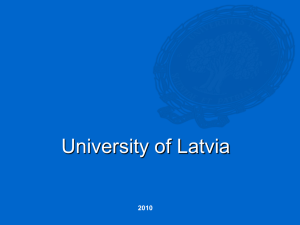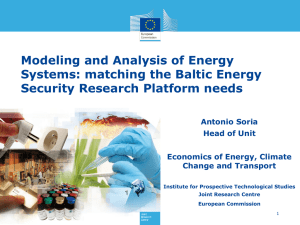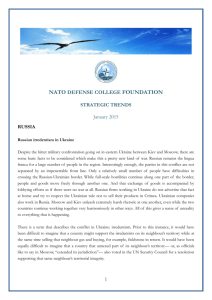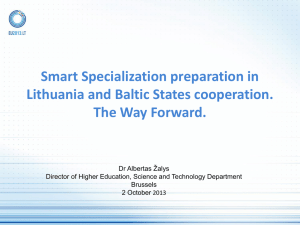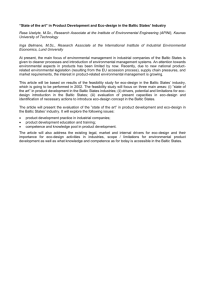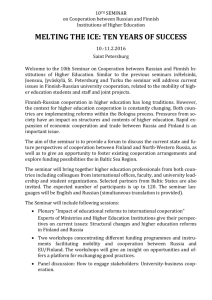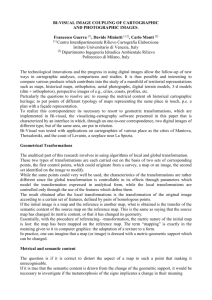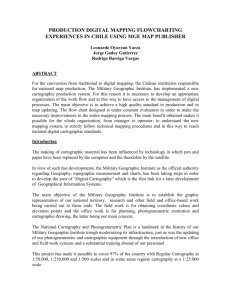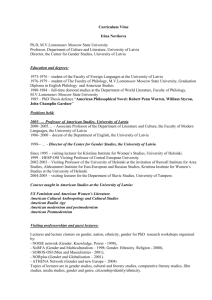INTERNATIONAL CARTOGRAPHIC Association Association
advertisement
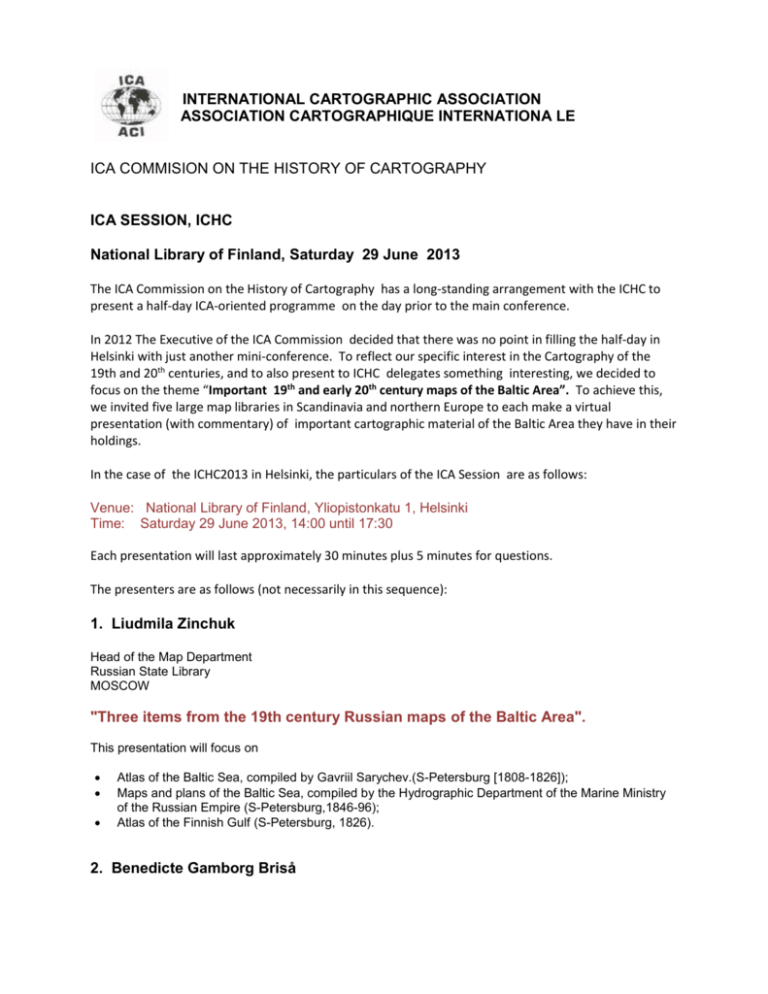
INTERNATIONAL CARTOGRAPHIC ASSOCIATION ASSOCIATION CARTOGRAPHIQUE INTERNATIONA LE ICA COMMISION ON THE HISTORY OF CARTOGRAPHY ICA SESSION, ICHC National Library of Finland, Saturday 29 June 2013 The ICA Commission on the History of Cartography has a long-standing arrangement with the ICHC to present a half-day ICA-oriented programme on the day prior to the main conference. In 2012 The Executive of the ICA Commission decided that there was no point in filling the half-day in Helsinki with just another mini-conference. To reflect our specific interest in the Cartography of the 19th and 20th centuries, and to also present to ICHC delegates something interesting, we decided to focus on the theme “Important 19th and early 20th century maps of the Baltic Area”. To achieve this, we invited five large map libraries in Scandinavia and northern Europe to each make a virtual presentation (with commentary) of important cartographic material of the Baltic Area they have in their holdings. In the case of the ICHC2013 in Helsinki, the particulars of the ICA Session are as follows: Venue: National Library of Finland, Yliopistonkatu 1, Helsinki Time: Saturday 29 June 2013, 14:00 until 17:30 Each presentation will last approximately 30 minutes plus 5 minutes for questions. The presenters are as follows (not necessarily in this sequence): 1. Liudmila Zinchuk Head of the Map Department Russian State Library MOSCOW "Three items from the 19th century Russian maps of the Baltic Area". This presentation will focus on Atlas of the Baltic Sea, compiled by Gavriil Sarychev.(S-Petersburg [1808-1826]); Maps and plans of the Baltic Sea, compiled by the Hydrographic Department of the Marine Ministry of the Russian Empire (S-Petersburg,1846-96); Atlas of the Finnish Gulf (S-Petersburg, 1826). 2. Benedicte Gamborg Briså Map Curator National Library of Norway OSLO “Looking north, not east” The northern regions of Scandinavia which were rich in resources and wildlife that was not to be found elsewhere, were for centuries considered Europe’s most inhospitable, remote outlands. The seas held an abundance of fish and sea mammals and the forests were full of exotic animals. The Norwegian coastline was bustling with European merchants buying and selling furs, live animals, fish, and dried fish in particular. The main ancient trading route to the north which is reflected in the early mapping of Norway, went along this coast to the White Sea instead of the Baltic region. 3. Jan Strang President Chartarum Amici (Finnish Map Society) Helsinki “Whereabouts of Secret and Less Secret 19th Century Russian Military Maps of the Baltic Sea, Finland and the Baltic States” This presentation is based on a still unpublished book entitled "Mapping of Finland by Russia 1710– 1940". The author has located topographic maps, general maps, road maps and sea charts which according to archival documents, were made by and used by the Russian armed forces during the 19th century. A substantial part of this material was secret and not sold to the general public or given to libraries. Several thousand different secret map sheets were produced. Specimens and index sheets of these maps will be shown and their current location indicated. For this study the map collections of all major libraries and archives in Finland, Estonia and Russia have been visited. 4. Anda Juta Zalite Head of the Map and Geospatial Information Department National Library of Latvia RIGA ”Milestones in the mapping of Latvia, 1800-1900”. The author will give an overview of the history of the cartography of Latvia during the one hundred years from 1800 to 1900 which are well represented in the Map Collection of the National Library. Among these are the first atlas of Livonia; the first maps and atlases in Latvian, and the first large-scale maps. The cartographic material will be examined in the context of the historical background of the territory of Latvia. At the end of the 18th century the present-day territory of Latvia was incorporated into the Russian Empire. During the 19th century economic and social development created an awakening of the Latvian national movement and gave an impetus to Latvian national cartography. 5. Markus Heinz Deputy Director, Map Department Berlin State Library BERLIN “Overview of the cartographic holdings on the Baltic Region in the Staatsbibliothek zu Berlin – Preißischer Kulturbesitz” This presentation will be split into two sections: The first part will deal with the parts of the Baltic which are covered best, and explain some of the reasons for this. The second part will focus on important maps, or maps which might be unexpected in the Berlin Map Department, for example the Prussian Urmeßtischblätter, the Napoleon-Map, or manuscript mapping for military purposes. The ICA Session will be an open meeting and everybody interested in the history of cartography is welcome to attend. Elri Liebenberg Chair: ICA Commission on the History of Cartography

